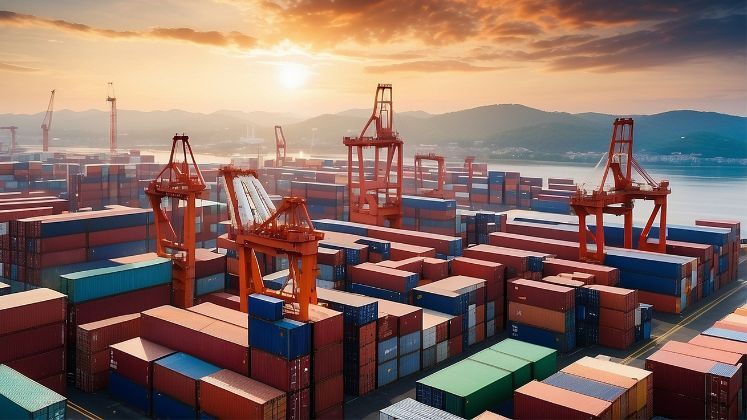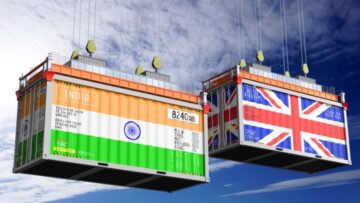
Logistics costs in Bangladesh remain alarmingly high, accounting for an estimated 15 to 20% of the country’s GDP, well above the global average of 8 to 10 per cent, according to the Dhaka Chamber of Commerce and Industry (DCCI). Industry leaders warn that without rapid transformation, these high costs could undermine the competitiveness of Bangladesh’s flagship export sector, the Ready-Made Garments (RMG) industry, especially as the country prepares to graduate from least developed country (LDC) status.
Speaking at a DCCI-organised discussion titled “Enhancing Bangladesh’s Logistics Sector for Sustainable Economic Growth,” Taskeen Ahmed, president of the DCCI, emphasized the urgent need for six key reforms. These include the adoption of digital platforms linking shippers and transporters, warehouse automation, integrated multimodal transport networks, modernization of ports, digital customs processing, and greener logistics practices.
The RMG sector, which accounts for over 80 pe rcent of Bangladesh’s export earnings, is particularly vulnerable to high transportation and logistics costs. Experts at the event highlighted that costly and inefficient logistics can increase production expenses, delay shipments, and risk buyer dissatisfaction, putting pressure on the industry’s profit margins and global market share.
“Reducing logistical costs by just 25 per cent could potentially increase exports by about 20 per cent,” noted M Masrur Reaz, chairman and CEO of the Policy Exchange of Bangladesh, while presenting a keynote paper. He added that even a 1% reduction in transport costs might boost exports by 7.4%. Reaz stressed the importance of diversifying export products and expanding into new markets to shield the economy from overdependence on the RMG sector.
Sheik Moinuddin, special assistant to the chief adviser for road transport and bridges, underlined that Bangladesh’s post-LDC competitiveness hinges on an integrated transport ecosystem combining roads, rail, waterways, aviation, ports, and digital infrastructure. Drawing on experiences from California and Hawaii, he stressed the need for a long-term master plan spanning 25 to 50 years and criticized fragmented ministerial responsibilities for hindering progress.
Abul Kasem Khan, chairperson of Business Initiative Leading Development (BUILD), warned that stagnation in the logistics sector threatens the country’s economic goals. He called for annual investments of 8 to 10 per cent of GDP, around $20 billion, to upgrade infrastructure and logistics capabilities. Khan proposed forming a dedicated logistics ministry or authority and designating 2026-2035 as the “Decade of Logistics” to drive sectoral transformation.
From the transport perspective, Salim Ullah, chairman of Bangladesh Inland Water Transport Corporation (BIWTC), urged the development of a comprehensive master plan to boost multimodal transport. He welcomed the government’s initiative to revise the national logistics policy, emphasizing the need for a time-bound roadmap.
Md Habibur Rahman of the Chattogram Port Authority highlighted plans to expand port capacity to 10 million TEUs by 2030, including the new deep-sea Matarbari port. He also suggested constructing a specialized expressway for trucks from Chattogram port to Sitakunda to ease cargo movement, a critical link for RMG export logistics.
Financing challenges remain a major hurdle, said Alamgir Morshed, executive director of the Infrastructure Development Company Limited (Idcol). He proposed introducing bond instruments to mobilize long-term investments for logistics infrastructure, while emphasizing the sector’s untapped potential to attract foreign investment.
The Asian Development Bank (ADB) pledged continued technical support to Bangladesh’s logistics development, with senior project officer Humayun Kabir highlighting ongoing collaboration with the government.
As Bangladesh’s RMG sector gears up for a new era of growth post-LDC graduation, experts agree that transforming the logistics landscape is vital to maintaining cost competitiveness, ensuring timely exports, and meeting evolving global buyer demands.






